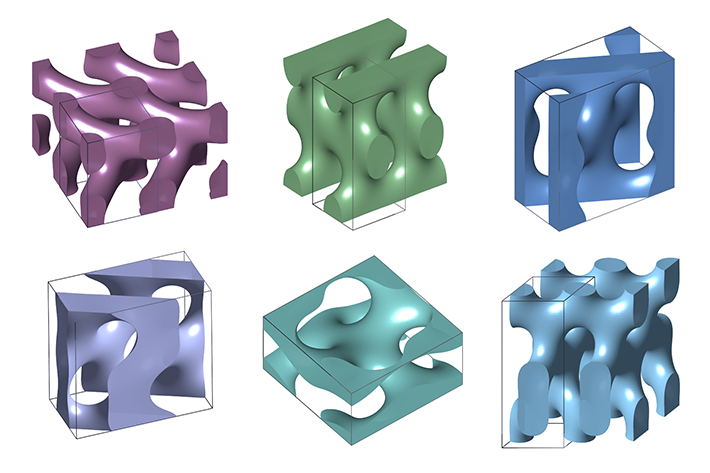CEMS researchers combine generative AI and polymer field theory to discover new block polymer phases

In a recent study published in the Proceedings of the National Academy of Sciences, the Dorfman Group from CEMS introduced an innovative computational method for uncovering new block polymer phases. By integrating generative adversarial networks (GANs) with polymer self-consistent field theory (SCFT), the team successfully discovered hundreds of new block polymer candidate phases.
This achievement represents a significant milestone in computational block polymer research, addressing a critical challenge that persisted for years. The primary obstacle in discovering new block polymer phases by computation has been a need to know the structural features of the solution in advance so that the highly nonlinear problem converges. GANs are a class of generative artificial intelligence that are well known, for example, for their ability to produce new images from a library of examples. In the context of polymer field theory, the CEMS researchers showed that GANs can learn the features of the SCFT solutions for existing morphologies, and then use that knowledge to propose new ones for subsequent SCFT calculations. The application of this “generative polymer field theory” approach to network phases in diblock copolymer melts, using a small set of known morphologies, not only produced all of the known network phases for block copolymers but also uncovered hundreds of additional candidate phases. This breakthrough should find widespread applications in the discovery of block polymer phases.
This research was conducted by graduate student Pengyu Chen, under the guidance of Prof. Kevin Dorfman. The National Science Foundation (NSF) provided financial support through the UMN Materials Research Science and Engineering Center (MRSEC), with computational resources provided by the Minnesota Supercomputing Institute.